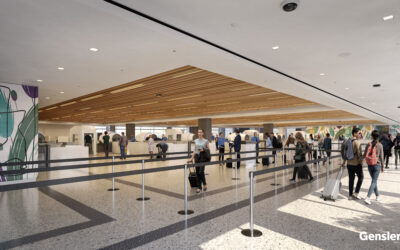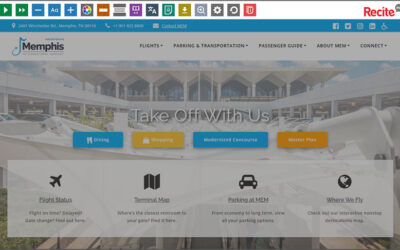Airports Council International – North America (ACI-NA) released a report this week on the economic benefits of U.S. Preclearance, a process in which customs, immigration and other border functions of the U.S. Customs and Border Protection are utilized at foreign airports, most notably Canadian airports.
The report found that by facilitating the movement of travelers across the U.S.-Canada border, U.S. Preclearance reduced passenger wait times for inspection and clearance, enabled arrival in less congested arrival halls, and eliminated the need to clear customs upon arrival, resulting in the ability to proceed directly to domestic connecting flights.
U.S. Preclearance is currently in effect at eight airports in Canada. In 2019, the eight U.S. Preclearance airports in Canada served 66 airports in the United States, processing just under 180,000 flights.
U.S. Preclearance also enabled airports to provide advantages for other U.S.-bound travelers while also enabling greater gate availability with lower costs, while giving airlines access to less expensive U.S. domestic gates and more flexible arrival times.
The ACI-NA also said the programs spurred local employment and economic development through increased trade, attracting new businesses to the region, encouraging investment and creating jobs. Multiplier impacts vary state by state but could be upwards of 1.5-2 times the benefits in the surrounding community and economy, it added.
“Airports and governments have worked together for decades to improve the cross-border flow of travelers, and U.S. Preclearance serves as a model for expansion both in North America and around the world,” said Raleigh-Durham Airport Authority President and CEO Michael Landguth, who serves as a liaison between the ACI-NA Board of Directors and ACI-NA’s Facilitation Committee. “This report confirms the immense benefits that come with expedited entrance into the U.S. from Canada. Preclearance supports long-term economic growth and investment in the regions where it has been implemented, enhances the passenger experience and creates new opportunities for airports.”






